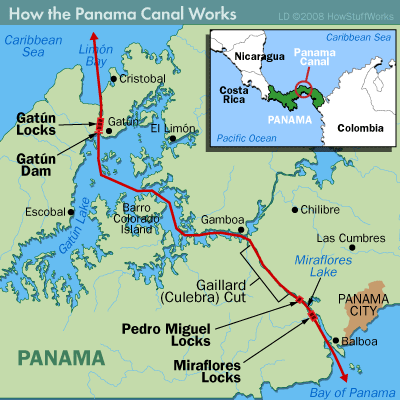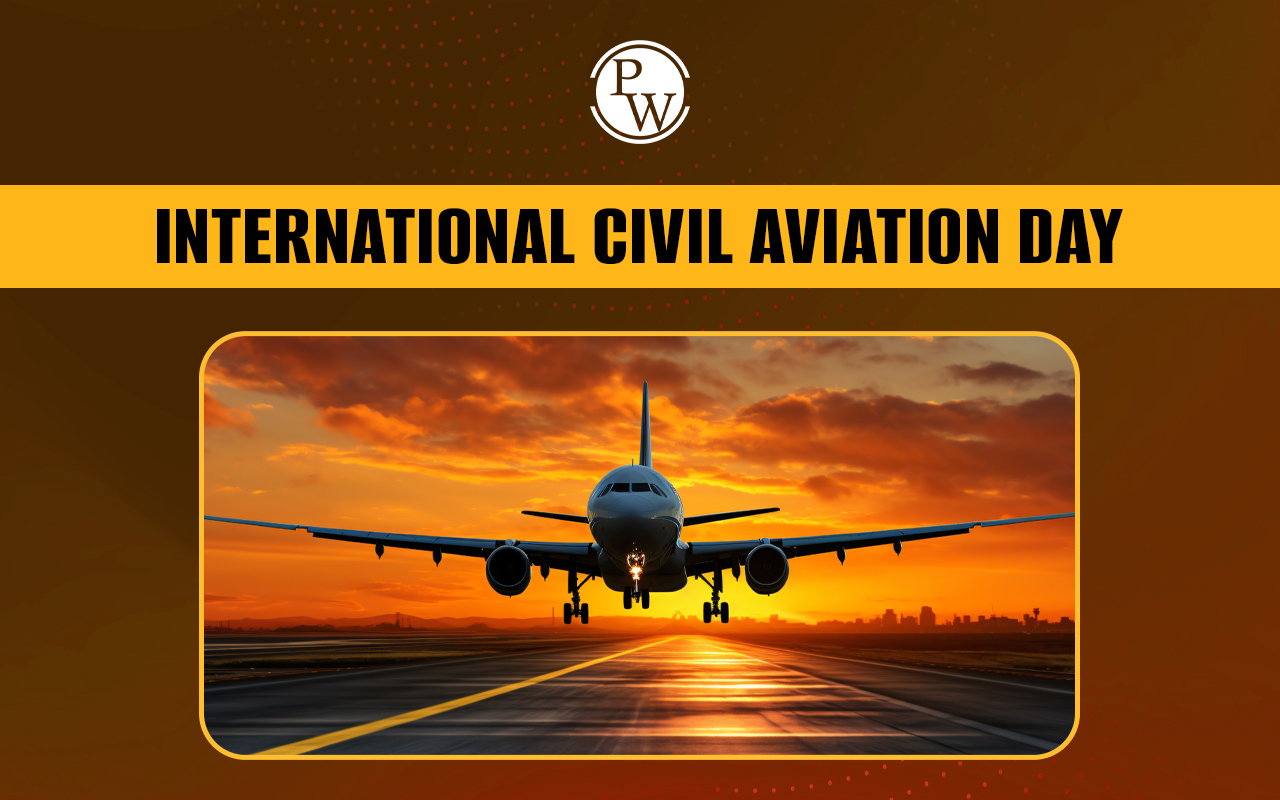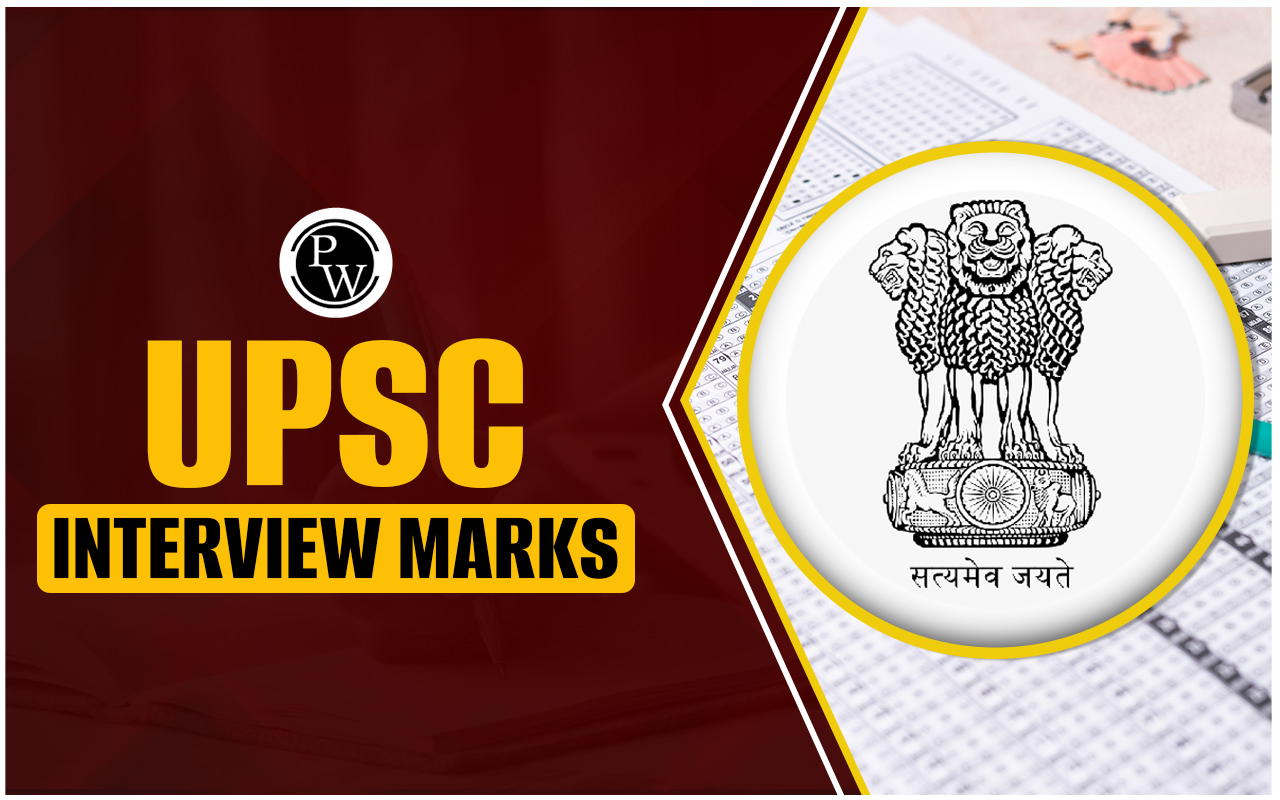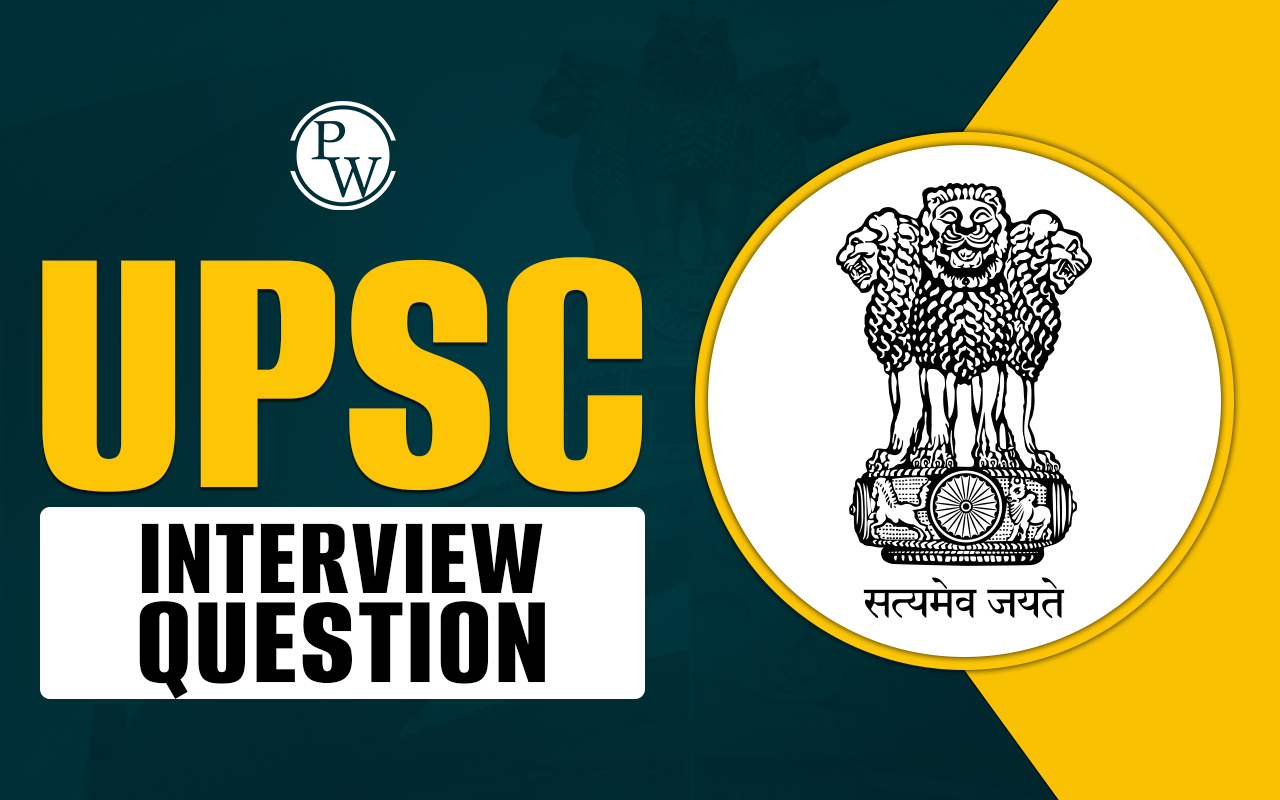
Panama Canal: The Panama Canal is a lock-type canal owned and administered by the Republic of Panama, connecting the Atlantic and Pacific Oceans through the narrow Isthmus of Panama. Spanning approximately 40 miles (65 km) from shoreline to shoreline, and about 50 miles (82 km) from deep water in the Caribbean Sea to deep water in the Pacific, the canal serves as a vital conduit for global maritime trade. Its strategic location and engineering marvels have made it one of the most significant transportation routes in the world. This article covers the history, working, importance, and challenges of the Panama Canal, which is important for the Geography and International Relations sections of the UPSC Exam.
Panama Canal Overview
The Panama Canal is an 82-kilometer-long artificial waterway located in Panama, connecting the Atlantic and Pacific Oceans. By enabling vessels to bypass the long and perilous route around the southern tip of South America, it saves approximately 12,600 kilometers on a journey between New York and San Francisco. The canal plays a critical role in international trade, offering a shortcut for global shipping traffic. Since its opening on August 15, 1914, the canal has been pivotal in shaping global commerce and geopolitics.
Panama Canal Map
The Panama Canal is located in the country of Panama, situated in Central America . It spans approximately 82 kilometers from the Atlantic Ocean (Caribbean Sea) in the north to the Pacific Ocean in the south. It cuts across the Isthmus of Panama, which is the narrow land bridge connecting North and South America.

Why is the Panama Canal in the News?
The Panama Canal has recently made headlines due to comments from U.S. President-elect Donald Trump. He threatened to reclaim control of the canal, criticizing Panama's transit fees and suggesting the U.S. might demand its return if fees are not adjusted. Trump also expressed concerns about Chinese influence in managing the canal's ports, arguing that it could violate the 1977 treaty that transferred control to Panama.
Panama Canal History
The idea of constructing a water passage across the Isthmus of Panama dates back to the 1500s , when explorer Vasco Nunez de Balboa first noted the narrow land strip between the Atlantic and Pacific Oceans. However, it was not until the 19th century that serious attempts were made.- French Attempt (1880s): Led by Ferdinand de Lesseps, who had built the Suez Canal, France started construction on a sea-level canal in 1880. The project faced overwhelming challenges, including tropical diseases like malaria and yellow fever, and frequent landslides. After several years and many deaths, the French abandoned the project in 1888.
- American Involvement (1904): In 1904, following Panama's independence from Colombia, the United States took over the project. Under the leadership of Chief Engineer John Stevens, the canal was redesigned into a lock system, essential due to the mountainous terrain. The U.S. also addressed disease outbreaks with effective mosquito control, improving worker health.
- Completion and Opening (1914): The canal was completed in 1914 under the direction of Lt. Col. George Washington Goethals, who oversaw the massive excavation of the Continental Divide and the construction of locks and dams. The Panama Canal revolutionized global trade by connecting the Atlantic and Pacific Oceans, saving ships thousands of miles.
- Transfer to Panama (1999) : In 1977, the U.S. and Panama signed the Torrijos-Carter Treaties, agreeing to transfer control of the canal to Panama by 1999. On December 31, 1999, Panama officially took control of the canal, marking a milestone in the country’s sovereignty.
Features of Panama Canal
The Panama Canal is a crucial waterway that connects the Atlantic and Pacific Oceans, facilitating global trade. It is an engineering marvel that uses a system of locks to help ships navigate the terrain.- Geographical Location: The Panama Canal is located at 9° N latitude, cutting across the Isthmus of Panama. It runs from Colón on the Atlantic side, through Gatún Lake, and continues southeast to the Bay of Panama on the Pacific side, with a total length of about 82 km.
- Gatún Locks : At the canal's entry, ships are lifted 85 feet (26 meters) by three locks at Gatún. Gatún Lake, formed by Gatún Dam on the Chagres River, covers 166 square miles and provides water for the locks.
- Gaillard (Culebra) Cut : This 13 km section passes through the Continental Divide and has an average depth of 43 feet (13 meters). It is one of the most difficult parts of the canal, requiring extensive excavation.
- Miraflores Locks : After passing through Gaillard Cut, vessels are lowered 30 feet (9 meters) at the Pedro Miguel Locks and then further lowered to sea level at the Miraflores Locks, just before reaching the Pacific.
- Lock System: The canal uses a series of locks to raise and lower ships. The locks are 1,000 feet long, 110 feet wide, and 40 feet deep. Each lock gate is 65 feet wide and 82 feet high. Electric towing locomotives guide larger vessels through the locks.
- Water Usage and New Locks: The new third set of locks, completed in 2016, features water-saving basins that allow 60% of the water used to be reused, reducing the environmental impact of the canal. These new locks require less water per passage compared to older ones.
- Breakwaters: Breakwaters have been constructed to protect the canal from strong winds and silting. On the Pacific side, a causeway diverts crosscurrents that could disrupt the channel.
|
Isthmus of Panama An isthmus is a narrow strip of land that connects two larger landmasses and separates two bodies of water. It serves as a natural site for ports and canals, offering a strategic link for terrestrial and aquatic trade routes. The Isthmus of Panama is a pivotal land bridge that connects the continents of North America and South America. It also serves as the dividing line between the Pacific Ocean to the south and the Atlantic Ocean (via the Caribbean Sea) to the north. Formation of the Isthmus : The Isthmus of Panama was formed millions of years ago due to tectonic forces. The Caribbean tectonic plate was pushed between the North American and South American plates, triggering volcanic activity and other geological processes. These forces raised the seafloor, creating the narrow land bridge that now forms the Isthmus of Panama. Over time, the landmass became a crucial connection for both terrestrial and maritime trade routes. |
Panama Canal Importance
The Panama Canal has immense economic, geopolitical, and strategic significance for global trade and the nations surrounding it.- Global Trade and Economic Impact: The canal is vital for international shipping, providing a shortcut between the Atlantic and Pacific Oceans. It significantly reduces shipping times and costs.
- Military Strategy: The canal is of immense strategic importance for military logistics. During World War II, for instance, it was essential for the U.S. Navy's operations in both the Atlantic and Pacific theaters. The canal allowed for the rapid movement of warships, reinforcing its role as a critical military asset.
- Political and Geopolitical Importance: The control and operation of the Panama Canal has been a significant geopolitical issue. The U.S. initially controlled the canal, but after the Torrijos-Carter Treaties, Panama gained sovereignty over it in 1999. The canal's operation continues to have geopolitical implications, as its strategic location allows nations to exert influence over global trade routes.
- Revenue Generation: The Panama Canal is a major source of revenue for Panama, with tolls and fees paid by ships using the waterway. These revenues are crucial for the country's economy, providing funding for infrastructure, social services, and development projects.
Challenges of Panama Canal
The Panama Canal faces several challenges, particularly in the context of climate change and environmental sustainability.- Water Shortages : The Panama Canal requires vast amounts of freshwater to operate its locks. Every ship passing through the canal consumes over 50 million gallons of freshwater, leading to concerns over the sustainability of this resource. The main source of water for the canal is Gatun Lake, but climate change has led to fluctuating rainfall patterns, affecting the lake's water levels.
- Climate Change and Droughts: In recent years, Panama has faced extended periods of drought, causing lower water levels in Gatun Lake. This has limited the number of ships that can pass through the canal, as fewer vessels are able to carry their full cargo. The issue of water scarcity is expected to worsen as climate change intensifies.
- Environmental Concerns: The canal’s operation also affects the surrounding ecosystem. The water used to operate the locks comes from Lake Gatun, which is a source of drinking water for millions of Panamanians. The introduction of saltwater from the ocean can also pose risks to freshwater supplies and aquatic life in the region.
- Technological Advancements : The canal faces increasing traffic and demands for larger ships. The expansion of the Panama Canal through the construction of the Third Set of Locks, which opened in 2016, allows for the passage of larger vessels known as "Panamax." However, maintaining and upgrading the infrastructure to accommodate growing traffic is a constant challenge.
Panama Canal
What is the Panama Canal?
Where is the Panama Canal located?
What two oceans does the Panama Canal connect to?
What is the length and depth of the Panama Canal?
Why was the Panama Canal built?









